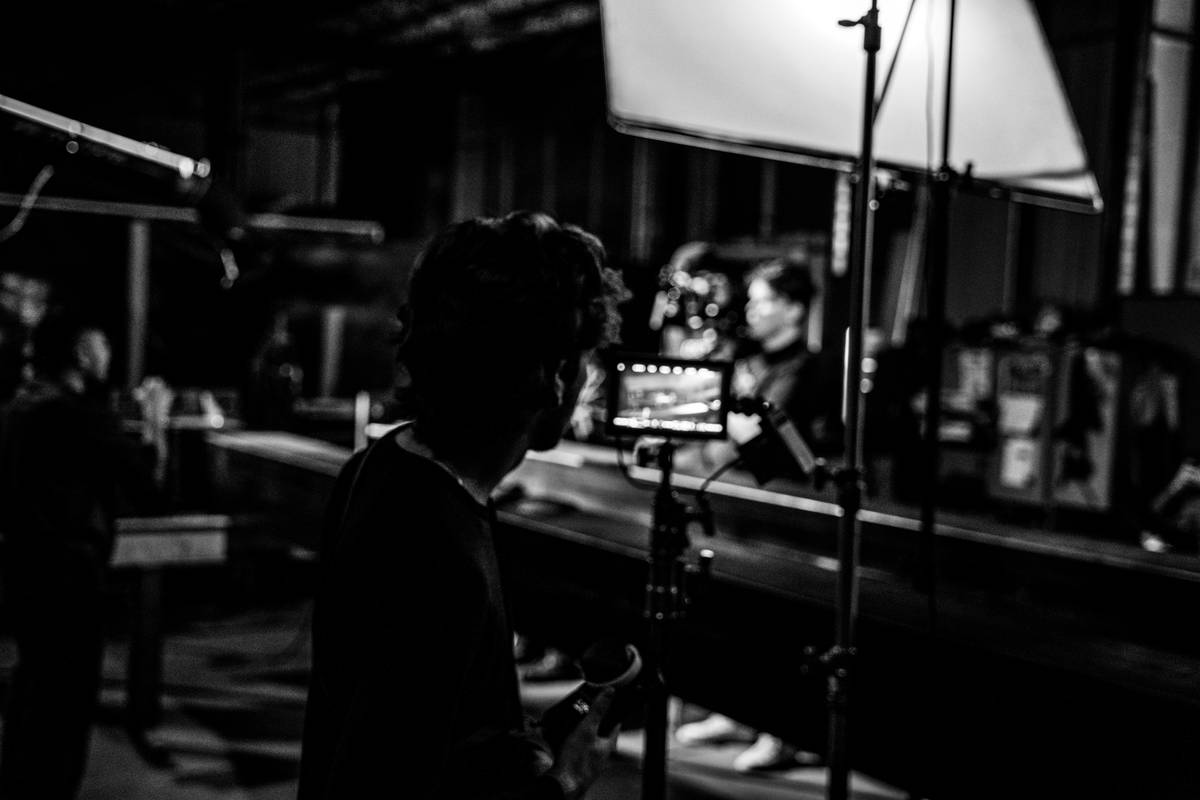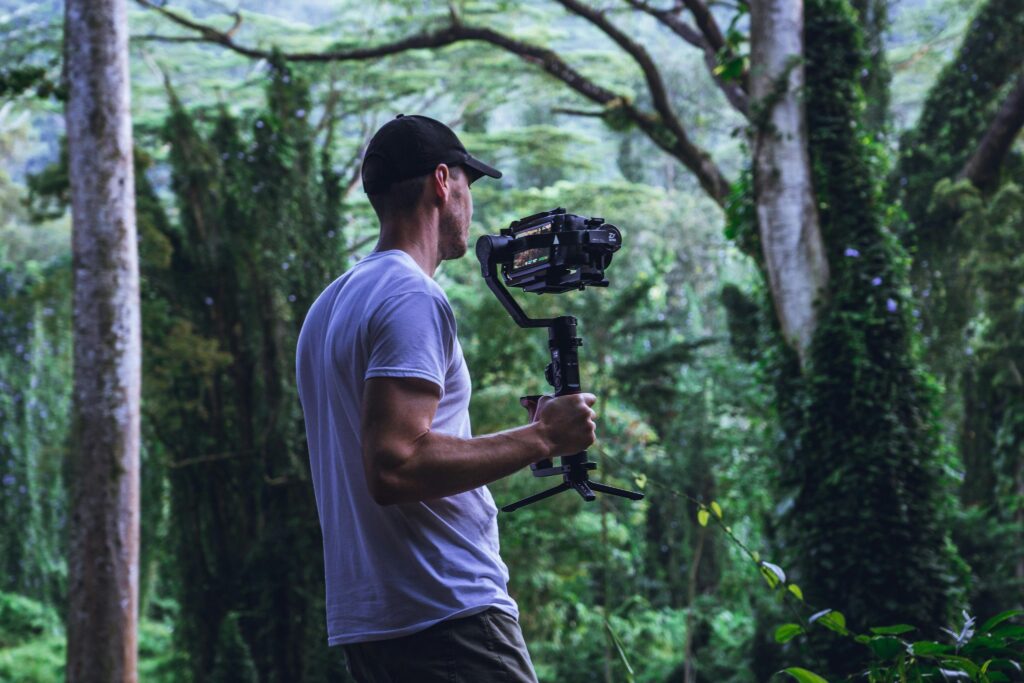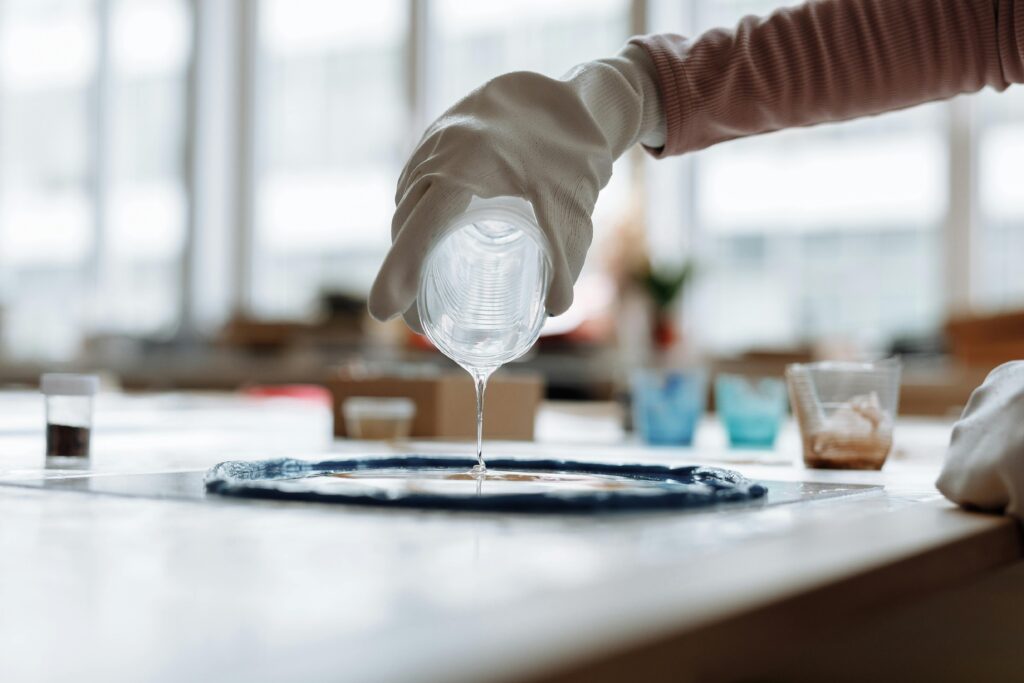Ever stared at a cracked camera lens or a water-damaged drone mid-shoot and thought, “How am I going to explain this to the client?” Yeah, us too. Damaged equipment is not just a headache—it’s often your wallet’s worst nightmare. But what if there was a safety net? Enter: the equipment damage plan. This little-known gem could save you thousands and keep your creative business running smoothly.
In this post, we’ll dive deep into how an equipment damage plan works, why it’s vital for anyone in media insurance, and the actionable steps you need to get one. You’ll also learn expert tips, real-world examples (including one cringeworthy fail from yours truly), and answers to FAQs that might be burning holes in your brain right now. Let’s get started!
Table of Contents
- Key Takeaways
- Why Equipment Damage Plans Matter
- How to Get an Equipment Damage Plan
- Best Practices When Shopping for Coverage
- Real-World Scenarios Where an Equipment Damage Plan Saved the Day
- Frequently Asked Questions
Key Takeaways
- An equipment damage plan is a specialized form of coverage under media insurance designed specifically for professionals who rely on expensive gear.
- Without proper protection, replacing damaged equipment can bankrupt small businesses and freelancers alike.
- The process involves assessing risks, researching insurers, comparing quotes, and ensuring compliance with policy terms.
- Common mistakes include underinsuring assets or failing to read fine print—don’t let these trip you up!
Why Equipment Damage Plans Matter
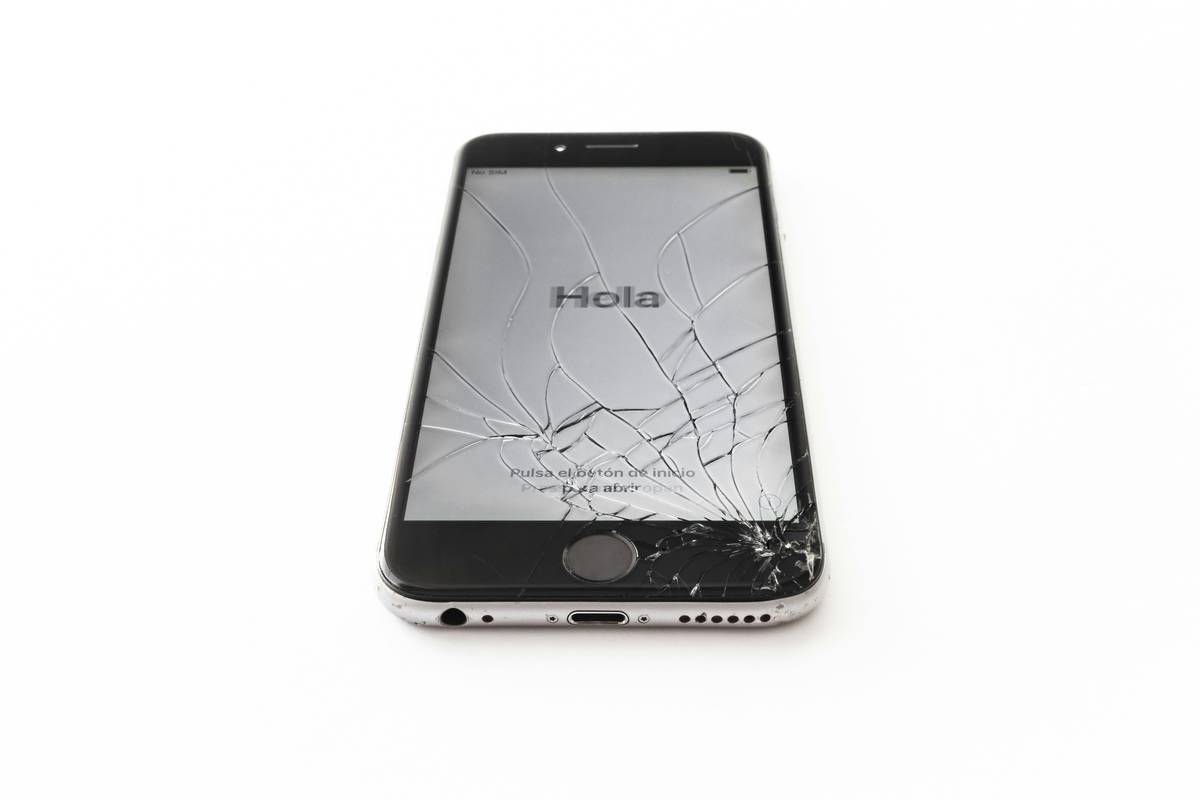
Let me set the scene: Imagine spending $5,000 on a DSLR setup only to have it fall victim to Murphy’s Law—literally falling off a tripod during a shoot. Without an equipment damage plan, that repair bill lands squarely on your shoulders. Ouch.
Now multiply that scenario across industries like videography, journalism, or even podcasting. For creatives, cameras, microphones, laptops, and drones are lifelines. And guess what makes them extra vulnerable? The fact they’re constantly being hauled around, used outdoors, or plugged into unpredictable power sources.
“Media professionals lose millions annually due to uninsured equipment mishaps.” — Industry Report 2023
Optimist You: “Insurance solves all problems!”
Grumpy Me: “Not so fast. Standard policies rarely cover niche needs like camera rigs or drones unless you add an equipment damage plan.”
How to Get an Equipment Damage Plan
Step 1: Assess Your Gear’s Value
First things first—make a list of everything you own that qualifies as professional-grade gear. Don’t forget accessories like lenses, tripods, SD cards, etc. Assign values to each item using receipts or market prices.
Step 2: Research Insurers Specializing in Media Insurance
Not all insurers treat equipment equally. Some companies specialize in media insurance and offer tailored plans. Look for reviews or ask colleagues for recommendations.
Step 3: Compare Quotes and Coverage Terms
Once you’ve narrowed down options, compare quotes side by side. Pay attention to deductibles, coverage limits, exclusions, and claim processes.
Step 4: Read the Fine Print Carefully
Avoid my rookie mistake—I once missed a clause stating underwater use voided my entire marine photography policy. Yep, totally embarrassing. Save yourself future drama by scrutinizing every line.
Best Practices When Shopping for Coverage
- Don’t Skimp on Coverage Limits: Underinsurance is tragically common. Make sure your plan matches your gear’s total replacement cost.
- Check for Worldwide Coverage: If you travel frequently, ensure your plan includes international incidents.
- Add Riders for Specialty Gear: Drones, stabilizers, and other high-tech tools may require additional riders.
- Terrific Tip Alert: Avoid choosing providers solely based on price. Cheaper isn’t always better when it comes to claims handling.
Real-World Scenarios Where an Equipment Damage Plan Saved the Day
Case Study #1: Sarah, a wedding videographer, accidentally knocked her drone into a lake mid-flight. Thanks to her equipment damage plan, she received reimbursement for repairs within two weeks—an outcome unheard of without proper coverage.
Case Study #2: A storm caused flooding at Mark’s studio, destroying multiple computers and hard drives. His comprehensive plan covered replacements, allowing him to meet deadlines despite the chaos.
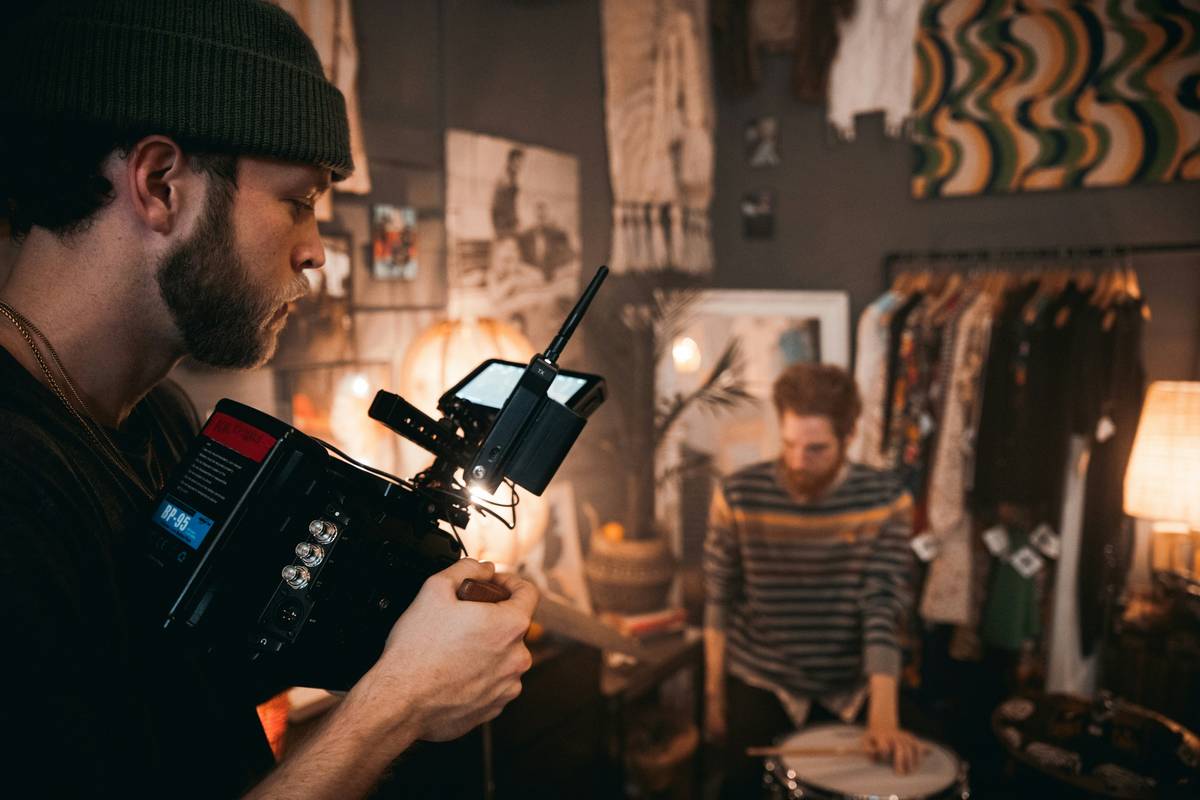
Frequently Asked Questions
What does an equipment damage plan typically cover?
Most plans protect against accidental damage, theft, fire, natural disasters, and sometimes even mechanical failure. Always confirm specifics with your provider.
Is it worth getting if I already have general liability insurance?
Absolutely. General liability focuses more on legal liabilities than asset protection. An equipment damage plan fills this critical gap.
Can I customize my coverage?
Yes! Many providers allow customization through riders or endorsements. It’s flexible enough to suit unique workflows.
Conclusion
Protecting your gear with an equipment damage plan isn’t optional—it’s essential. From shattered lenses to drowned drones, accidents happen, but their financial fallout doesn’t have to devastate your career. Remember: Assess, research, compare, and READ THE FINE PRINT.
For anyone navigating the wild world of media insurance, investing in this type of plan ensures peace of mind while keeping your creativity flowing. Like a Tamagotchi, your business thrives when nurtured daily—including financially safeguarding its most valuable assets.
Tl;dr: Equip yourself with knowledge, then equip your gear with coverage. Your future self will thank you.
